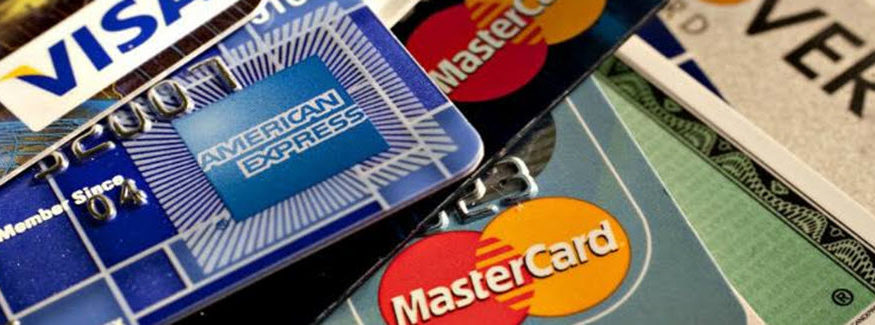5 Strategies For Paying Off Credit Card Debt – Real Results
It’s safe to say that “DEBT” is a dirty 4-letter word, especially when we’re talking about high interest credit card debt. According to numerous sources, Americans owe over $13 trillion in credit card debt. A few reasons so many are accumulating so much debt is due to non-conformity to a budget, a revolving line of easy credit and basically spending more than you earn. If you want to be debt-free and enjoy more financial freedom in quick fashion, here are 5 proven strategies to help you accomplish that.
Apply for a credit card with a 0% APR – with this type of credit card, you have a specified period of time wherein you don’t pay any interest. Any existing credit card debt that you have can be transferred over to this one until you’ve reached your limit. Depending on the card, you could have anywhere from 6 to 24 months of payments that all go towards the principal. Once the grace period expires, your interest rate will be based on certain factors such as your credit profile.
Not all may qualify for new credit and its important to understand the terms and stop spending. New purchases typically are not a part of the zero percent and spending only keeps you in debt.
Break up your credit card debt into smaller, more manageable chunks – focusing on the entire amount of credit card debt that you owe can be extremely discouraging, so don’t. Break up that debt into smaller amounts, especially if you have several credit cards. You’ll find out that the repayment process is much more manageable when you can focus on smaller amounts. It may not change the math on what you owe, but you’ll quickly discover that dividing and conquering is much easier to swallow.
Get a credit card consolidation loan – also known as a personal loan, a credit card consolidation loan lumps all of your debt into a single, unsecured loan with a term of 3 to 7 years on average. Credit card consolidation or personal loans are a great debt relief strategy provided you are able to get a lower interest rate than what you were currently paying. Otherwise, you should avoid this debt repayment method.
Personal loans can be effective as they typically have a lower interest rate and have a set payoff date - its not a revolving line of credit like credit cards.
Pay off the card with the smallest balance owing – this is the debt snowball credit card debt repayment strategy and it is similar to the debt avalanche method except that you focus on the credit card with the highest balance rather than the highest interest rate. The downside to this strategy compared to the debt avalanche method is that you will pay more interest over time.
Start by paying off the credit cards with the highest interest rates first – this debt repayment method is more commonly referred to as the debt avalanche strategy of debt relief. Remember, your goal when paying off your credit card debt is to pay down the highest interest rate relative to the actual principal owed. Once you’ve paid off the card with the highest rate, move on to the one with the next highest. Though it may take time, but if you steadfastly stay on budget and all that you save goes towards lowering your debt, you can manage to end it. Talk with a debt consolidation expert and ensure that you budget and save to repair your credit.

